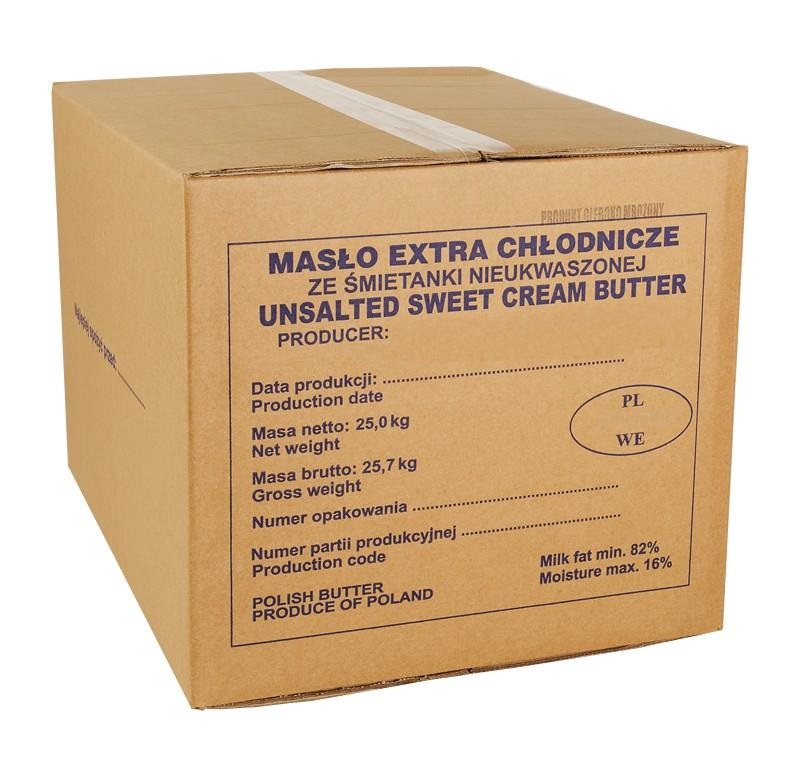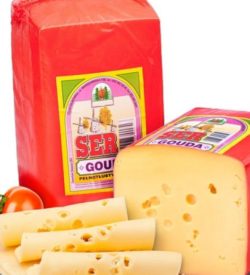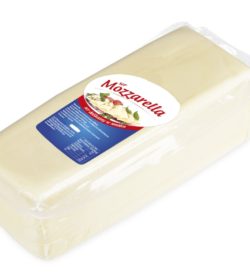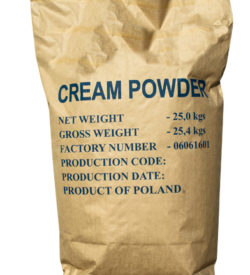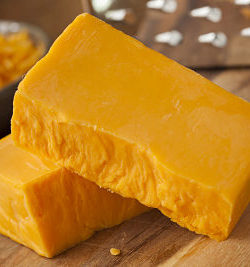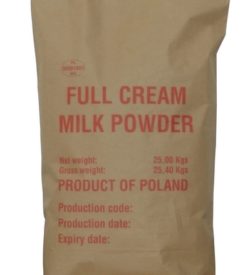Butter
Description
Fresh Butter is made from cow’s milk. Butter is made by churning fresh or fermented cream or milk, to separate the butterfat from the buttermilk. Butter consists of butterfat, milk proteins and water.
The quality of butter is based on its body, texture, flavor and appearance. It owes its characteristic and individual flavor to its own particular saturated fatty acid known as butyric acid. The color and flavor may vary according to the type of cattle, season of the year, method of manufacture or amount of salt added. The color of butter further varies with the content of carotenoids, which make up 11-50% cent of the total vitamin A activity of milk. As the carotenoid content of milk normally fluctuates between winter and summer, butter produced in winter has a brighter color. Carotene may be added at request to ensure a uniform color and consistent vitamin A content.
Types of Butter Available
Fresh butter, frozen butter, salted butter, non-salted butter, lactic butter, sweat cream butter, lactose-free butter, cultured butter, raw butter, grass fed cow butter.
Typical Composition of Butter
Fat: min. 82%, Lactose: 2-3%, Moisture: max. 16%, Carbohydrate: 0%, Protein: 1%. Butter should be exempt of Salmonella, Listeria and show a maximum Total Plate Count of 10,000 colony-forming units/gram (CFU/g). Butter is not genetically modified and don’t contain genetically modified ingredients. It does not need any special labeling.
Applications
Butter plays a prominent role in cooking of many countries. It gives an unparalleled taste to food and its ability to absorb helps to concentrate flavors. It is used particularly in sauces, pastries, and creams. It is a basic ingredient in breads, canapés and sandwiches.
In baking and grilling butter must be heated at lower temperature than oil or margarine, because its fat decomposes between 120 and 130°C. Butter is more easily digestible fresh than melted.
Benefits
It is rich in easily absorbed vitamins A, D, E and K.
Packaging
Butter is available in retail packaging: 100-500g bars; and in bulk packaging: 25kg blocks. Private label and custom packaging are available upon request.
Shelf Life and Storage (controlled humidity 80-85%)
Fresh Butter (stored between +2°C and +6°C) – 40 days
Frozen Butter (stored between -18°C and -22°C) – 6 months
Frozen Butter (stored between -22°C and -30°C) – 12 months
Additional information
| Organoleptic Characteristics | Color: Uniform color, from light creamy to yellow, without the visible moisture |
|---|---|
| Chemical and Physical Characteristics | Moisture: max. 16% |
| Microbiological Characteristics | E Coli: m=10/g M=10/g n=5 c=2 |
| Allergens | with reference to Directive 2000/13/WE |
| GMO Declaration | ith reference to the following legal acts: 1. Act on 22 June 2001 about genetically modified organisms, Corpus Nr 76 item 811 with later changes 2. European Parliament Directive and Council of Europe 2001/18/EC on 12 March 2001 annulling Council 3. European Parliament Regulation and Council Nr 1829/2003 on 15 July 2003 about genetically modified food and feed. 4. European Parliament Regulation and Council Nr 1830/2003 on 22 September 2003 about identification and labeling genetically modified organisms and identification of food and feed products manufactured from genetically modified organisms, changing Directive 2001/18/WE |

